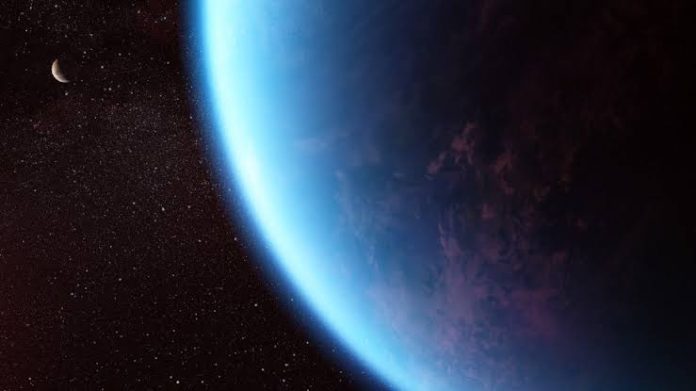NASA’s James Webb Telescope recently made an intriguing discovery: an exoplanet called K2-18 b, which is double the size of Earth and sits in the habitable zone of a red dwarf star named K2-18. This exoplanet, located 124 light years away, has an atmosphere that’s quite fascinating—it contains methane, carbon dioxide, and possibly dimethyl sulfide (DMS), a gas often associated with marine life on Earth.
The presence of these gases, especially DMS, raises exciting questions about the possibility of life beyond our planet. However, K2-18 b’s large size and unique composition also make scientists wonder if it’s truly habitable for life forms as we know them.
Despite these uncertainties, researchers are optimistic about the potential for discovering extraterrestrial life by exploring different environments in space. The James Webb Telescope, with its advanced capabilities, will continue to study K2-18 b’s atmosphere in detail during its upcoming observations. By focusing on the presence of DMS and other gases, scientists hope to gain more insights into the nature of this distant exoplanet and its potential for hosting life.


